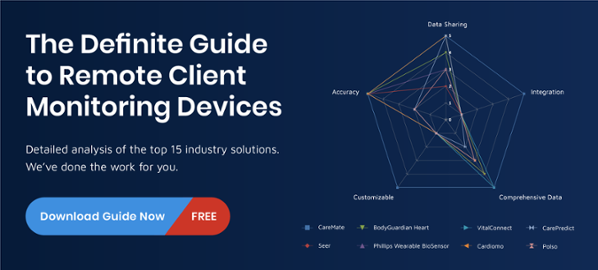As the leader of a home care company, you understand that your teams in the field are the lifeblood...
As the leader of a home care company, you understand that your teams in the field are the lifeblood of your operation. Without the hard-working individuals that spend their days traveling from one home to the next, many individuals would not receive many of the services they need to thrive.
Home care workers sit in a unique position between the client, their family, and their medical team. Often, it is the home care worker who spends the most time with the individual– preparing meals, engaging in conversations, performing household tasks, and serving as the "eyes and ears" for the family.
Providing services to aging adults can be challenging. Some resent the help, feeling that the home care worker is an intrusion and a threat to their independence. Others may suffer from memory loss or other cognitive challenges that make it difficult to express their needs. In these cases, home care workers are charged with being patient and kind yet firm and supportive.
Knowing What to Expect
Perhaps one of the most challenging aspects facing home care workers is the unknown. In many cases, home care workers do not know what to expect as they prepare to visit a client. They don't know if they are running a fever or experienced a fall or if they slept well or have been sitting in the living room for several hours without activity.
Data captured through remote monitoring allows home care workers to better understand the client's needs before entering the home. If a home care worker knows that the patient has not had a good night's sleep, they can allow less strenuous activities. In contrast, the home care worker would also know if the patient has been inactive for an extended period and needs extra motivation to get active.
Gaining Care Verification
Since many aging adults struggle with memory loss, it is common for a client to report that the home care worker did not arrive or perform the expected tasks. For example, the family may have requested that the home care worker prepare lunch or take the client on a walk. When the client's son calls at the end of the day to check-in, the client may report that the home care worker did not arrive or try to engage with the client.
Remotely tracked activity levels, heart rate, and location data can verify that the home care worker did engage with the client and encourage active participation in conversations, movement, and mealtime.
Streamlined Reporting
Many home health care workers spend a significant amount of time on documentation. Remote client monitoring can change that by automatically supplying client health data to a designated group. This group can include the client's medical team, home care team, and family members so that everyone receives the same updates without requiring the home care worker to respond to multiple messages or complete lengthy reports.
Supporting home care workers through remote client monitoring allows them to spend more time and energy caring for and interacting with their clients and less time gathering and reporting data. It also allows these workers to engage in dynamic care in response to the known needs of the client.
CareMate provides home care agencies with the tools they need to support their workers in the field. The CareMate on-body device provides continuous remote monitoring reported through a mobile application, daily email report, and web-based portal. The discreet device supported by remote data delivery gives the client's loved ones and their care team the data they need.

